Corrosive materials pose a significant risk to both human health and the environment. These substances have the potential to cause severe damage if not handled properly. When it comes to transporting corrosive materials, using a tank truck is a common method due to its capacity and efficiency. However, ensuring the safe handling of corrosive materials requires careful planning, adherence to safety protocols, and appropriate equipment. In this article, we will discuss essential guidelines and precautions to handle corrosive materials safely with a tank truck.
- Proper Selection of Tank Truck: Selecting the right tank truck is crucial to ensure the safe transportation of corrosive materials. The tank truck should be specifically designed and constructed for transporting corrosive substances. It should be made of materials that are compatible with the corrosive nature of the cargo, such as stainless steel or specialized corrosion-resistant alloys. Additionally, the tank truck must comply with local and international regulations and standards for the transportation of hazardous materials.
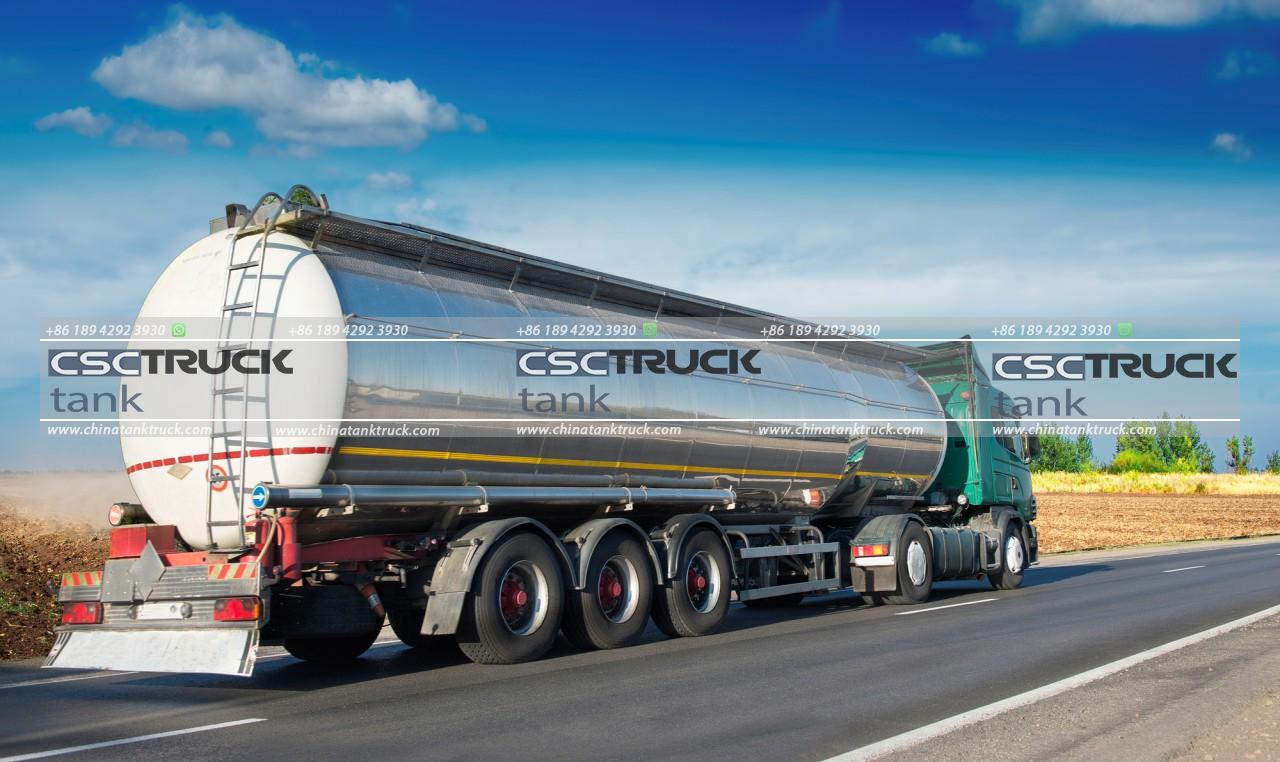
- Conduct a Thorough Risk Assessment: Before transporting any corrosive material, it is essential to conduct a thorough risk assessment. This assessment should identify potential hazards, evaluate the risks involved, and develop appropriate control measures. Consider factors such as chemical properties, toxicity levels, reactivity, and incompatibility with other substances. Understanding the specific characteristics of the corrosive material will help in determining the necessary safety precautions and emergency response procedures.
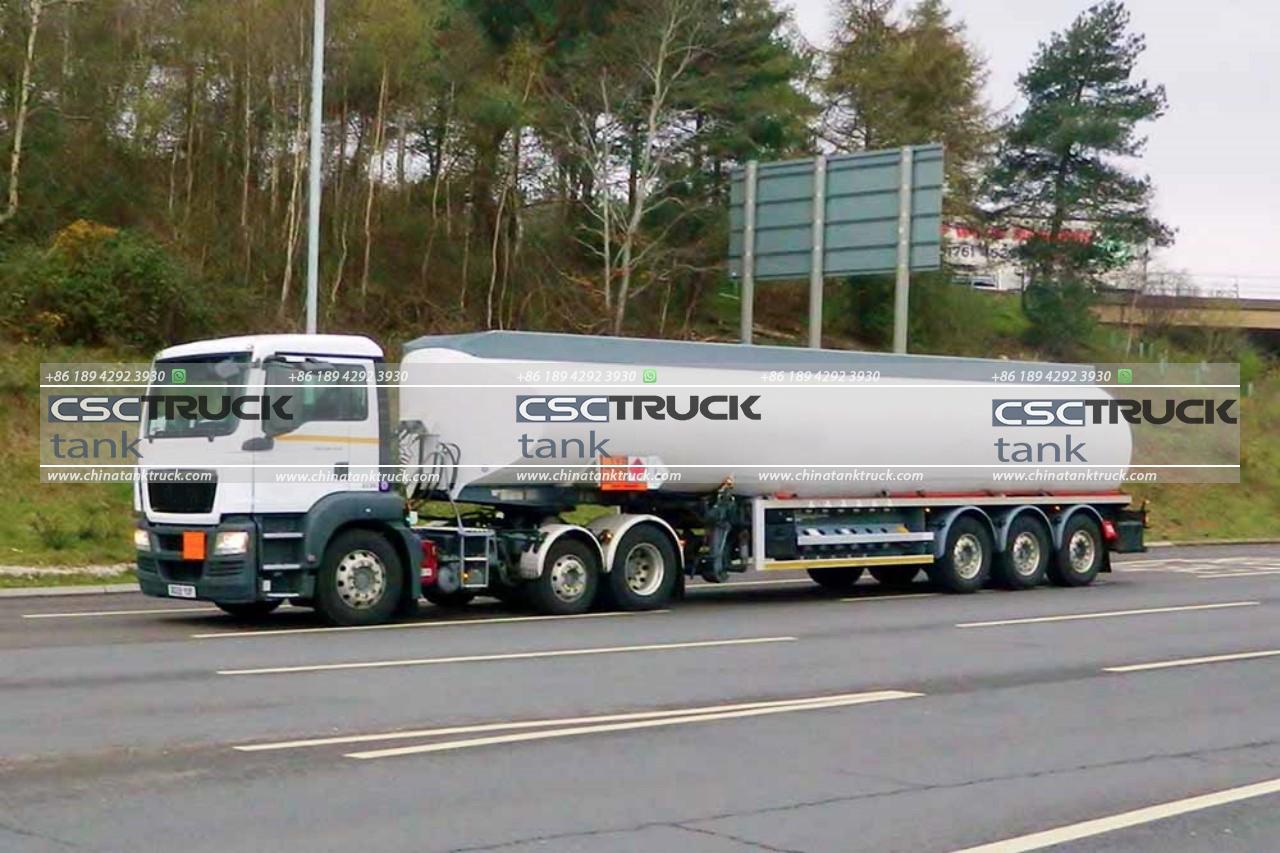
- Ensure Proper Loading and Unloading Procedures: Loading and unloading corrosive materials require strict adherence to safety protocols. All personnel involved in these operations should be adequately trained and equipped with personal protective equipment (PPE) such as chemical-resistant gloves, goggles, and suits. The loading and unloading areas should be well-ventilated and equipped with appropriate containment measures to prevent spills or leaks. It is crucial to follow proper handling procedures and employ specialized equipment like pumps and hoses designed for corrosive substances.
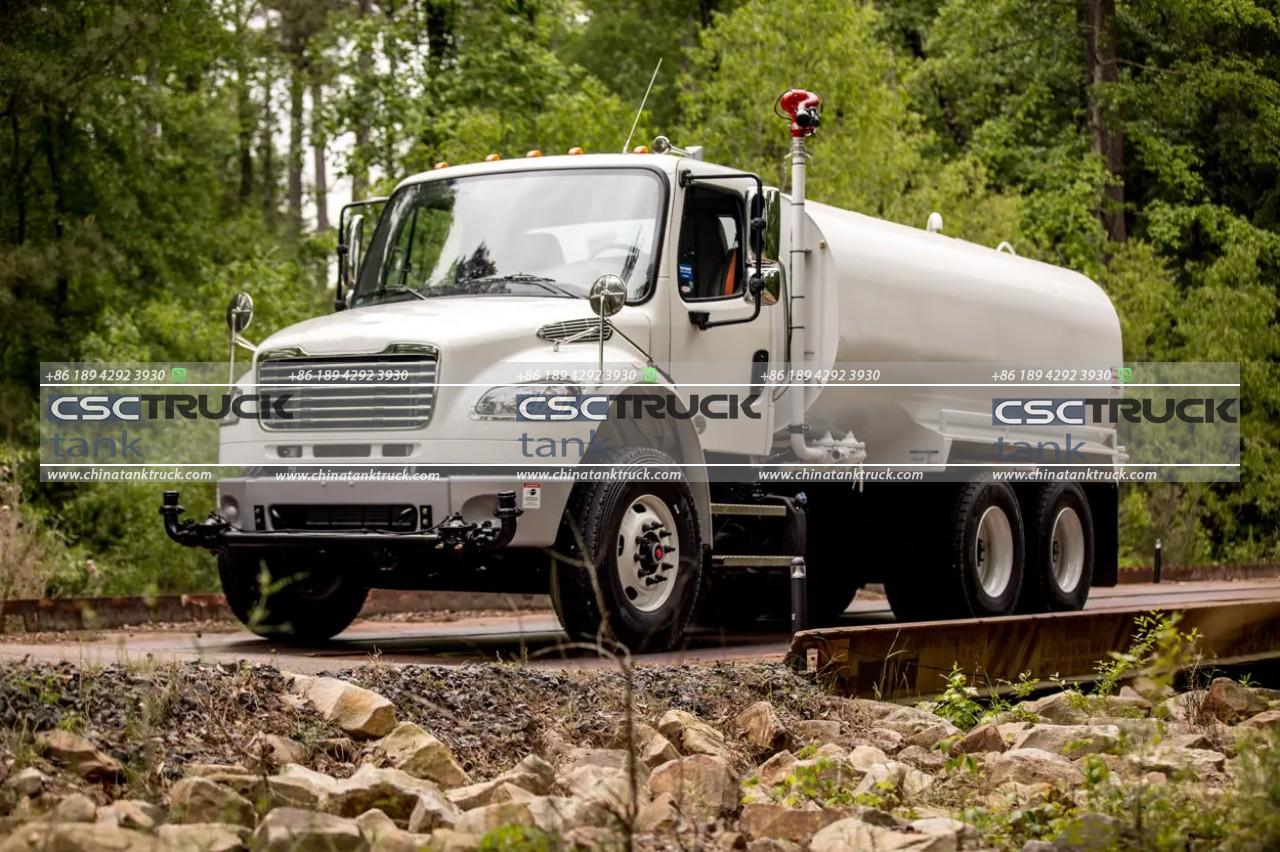
- Secure the Cargo: Properly securing the cargo inside the tank truck is essential to prevent any movement or shifting during transportation. Corrosive materials should be placed in suitable containers within the tank and secured using proper bracing and tie-down techniques. This will minimize the risk of spills, leaks, or potential damage to the tank truck structure. Ensure that all valves, caps, and fittings are tightly closed and sealed to prevent any accidental release of the corrosive substance.
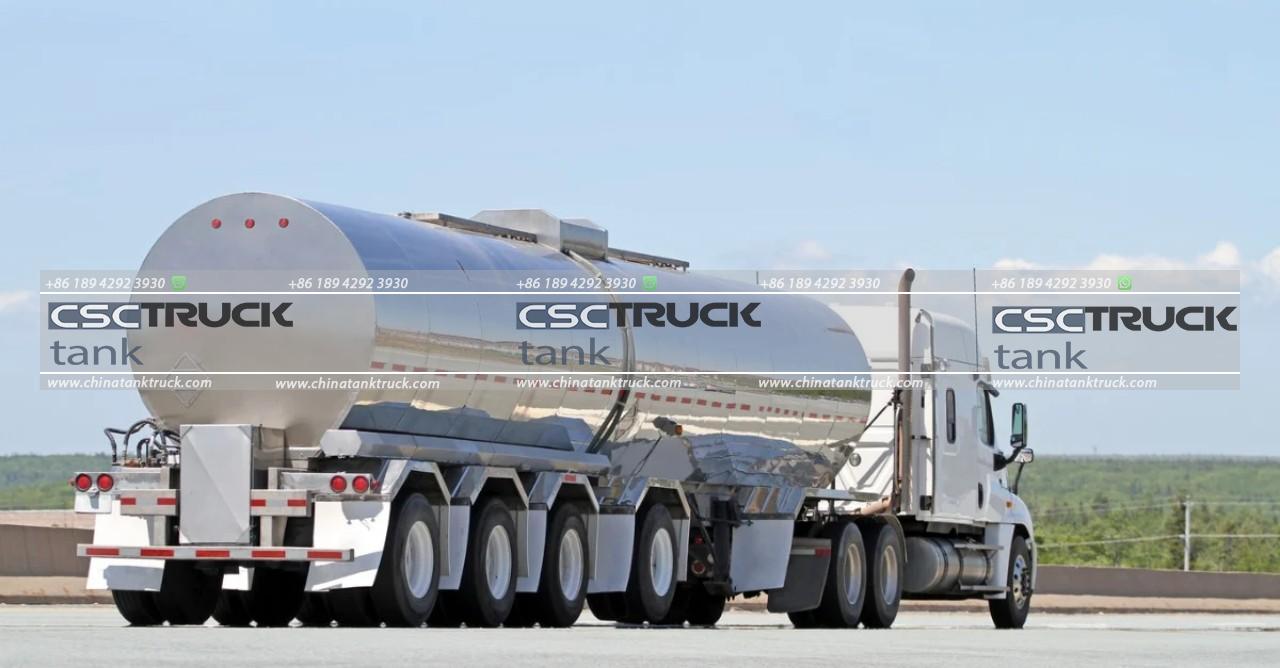
- Implement Emergency Response Measures: Despite all precautions, emergencies can still occur during the transportation of corrosive materials. It is crucial to have a comprehensive emergency response plan in place. All personnel involved should be trained in handling emergencies, including procedures for spill containment, leak control, and evacuation. Emergency response equipment, such as spill kits, absorbents, and neutralizing agents, should be readily available on the tank truck. Contact information for local emergency services and hazardous materials response teams should be easily accessible.
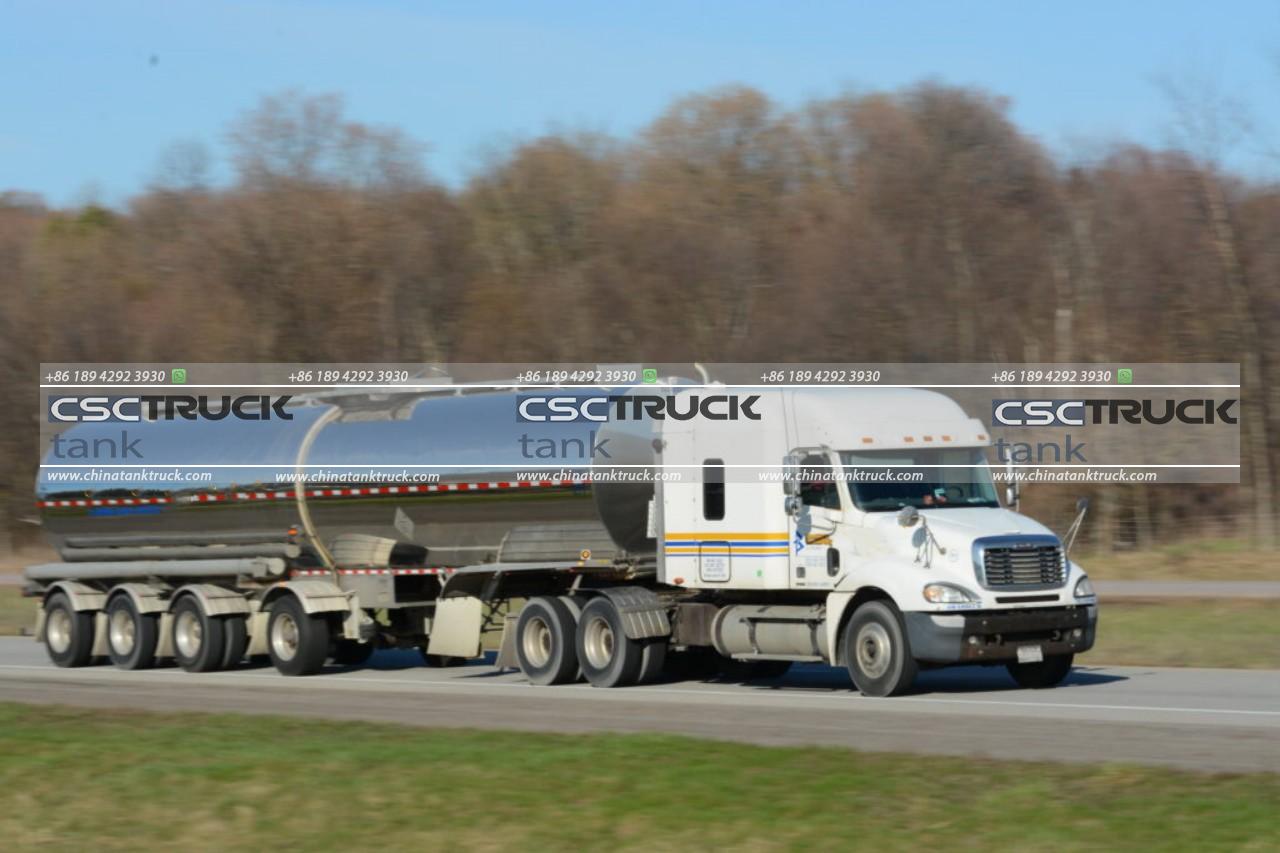
- Regular Maintenance and Inspections: Tank trucks used for transporting corrosive materials should undergo regular maintenance and inspections. This includes checking the integrity of the tank, valves, fittings, and other components. Any signs of corrosion, damage, or wear should be promptly addressed and repaired. Regular inspections ensure that the tank truck remains in optimal condition and minimizes the risk of leaks or other accidents during transportation.

- Comply with Regulations and Standards: Transporting corrosive materials with a tank truck is subject to various regulations and standards at the local, national, and international levels. It is essential to stay updated with these regulations and ensure compliance in all aspects of the operation. This includes proper labeling and placarding of the tank truck, maintaining necessary permits and licenses, and adhering to specific route restrictions or requirements.
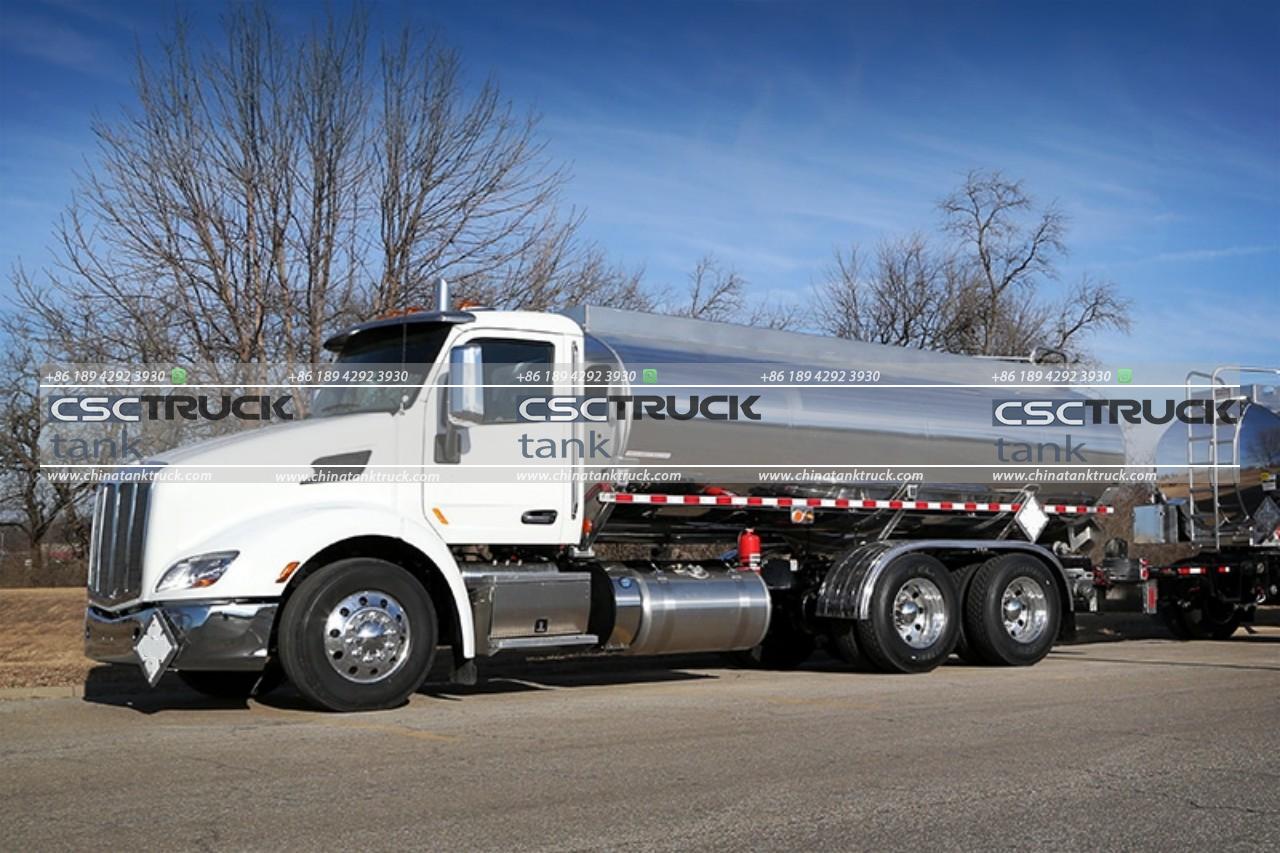
In conclusion, handling corrosive materials safely with a tank truck requires careful planning, adherence to safety protocols, and proper equipment. The selection of a suitable tank truck, conducting a thorough risk assessment, and implementing proper loading and unloading procedures are crucial steps in ensuring safe transportation. Securing the cargo inside the tank, implementing emergency response measures, and conducting regular maintenance and inspections are equally important.
The consequences of mishandling corrosive materials can be severe, ranging from injuries to workers and emergency responders to environmental contamination and property damage. Therefore, it is vital to prioritize safety at every stage of the process.
Moreover, communication and training are key aspects of handling corrosive materials safely. All personnel involved in the transportation, including drivers, loading and unloading personnel, and emergency response teams, should receive comprehensive training on the properties of corrosive materials, proper handling techniques, and emergency procedures. They should be aware of the potential risks and equipped with the knowledge and skills to mitigate them effectively.
Additionally, establishing clear lines of communication and coordination among all stakeholders is crucial. This includes maintaining communication with the shipper or consignor to ensure accurate information about the corrosive material, its properties, and any specific handling requirements. It also involves establishing communication protocols with emergency services, such as providing them with relevant information about the cargo being transported and the tank truck‘s location.
Furthermore, continuous improvement and learning from past experiences are essential for enhancing safety measures. Conducting thorough incident investigations and analyzing near misses can help identify areas for improvement and implement preventive measures to avoid future accidents. Sharing lessons learned within the industry can also contribute to overall safety awareness and best practices.
Lastly, staying informed about the latest advancements in technology and safety standards is crucial. As new technologies and innovations emerge, they may offer improved ways to handle corrosive materials safely. Keeping up to date with industry developments and incorporating them into operations can help enhance safety and efficiency.
In conclusion, handling corrosive materials safely with a tank truck requires a comprehensive approach that encompasses a proper selection of equipment, rigorous risk assessment, adherence to safety protocols, and ongoing training and communication. By following these guidelines and continuously improving safety measures, the transportation of corrosive materials can be carried out with minimized risks, ensuring the protection of human health, the environment, and the integrity of the overall operation.

